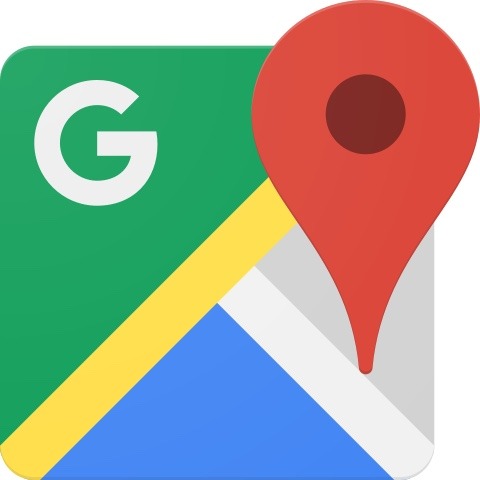At times you may be looking for a new area to explore. One important part of this is finding a suitable place to pitch a tent. If you are on a road trip this can be relatively easy there are a number of websites that are campsite search engines. You can click on or scan to a particular area that you are wanting to visit and a bunch of campsites will appear on the map. You can select these campsites and get reviews that people have left. I will leave links to a few of these at the end of the article.
The problem with these sorts of sites is they cater to the RV community primarily. Of course, tent camping is a fair game at most of these campgrounds, however, you may be looking for something a little different. For example what about large wilderness parks such as Algonquin, Quetico, La Verendrye, or Wabakimi. These are just a few parks located in Canada. Wabakimi butts up against Minnesota’s Boundary Waters Canoe Area Wilderness for a combined total of 9,160km2 (3,536mi2), which two Rhode Islands could easily fit into. This represents a lot of canoeing and exploring opportunities. A lot of these parks have their maps with the campsites marked. However before looking up campsites at a particular park, river, or wilderness area using Google maps can help you narrow things down.
By using the satellite view, you can get a pretty good idea of the terrain. Whether it is isolated, forested, coastal, the nature and number of lakes, rivers, and roads. You can even discover backcountry roads and access points that may not appear on a typical map. Partnering this with other research such as local knowledge, forums, backcountry maps and topographic maps can help you narrow things down even more. When it comes to navigating white water rivers, many rivers clubs, or organizations provide map information and descriptions of each rapid. However by inspecting Google maps you can take a close up look at these rapids and get a different perspective.
There will be some backcountry areas that you may not have any information on. Only Google maps or topographical information. In the end you may need to decide on actually going there and exploring it in person. Having a GPS or even using the satellite receiver in your phone coupled with Google maps can help direct you.
Another feature is Google street view. This can at times come in handy if you are looking for an access point off of a road that has been photographed. This can aid you by helping you see identifying marks from a human view so that when you arrive at the location its almost as though you have already been there. Sometimes you can type in a camping spot directly into Google maps. Even if there are no roads, people who have visited may log pictures that you can view of the area.
If you like fishing or camping, being able to use Google maps as a search tool is a great skill. It will help you to see the big picture and gain a lot of insight in a fairly short amount of time.
Here are a few links to popular maps. If you know any that are specific for tent camping let us know in the comments:
